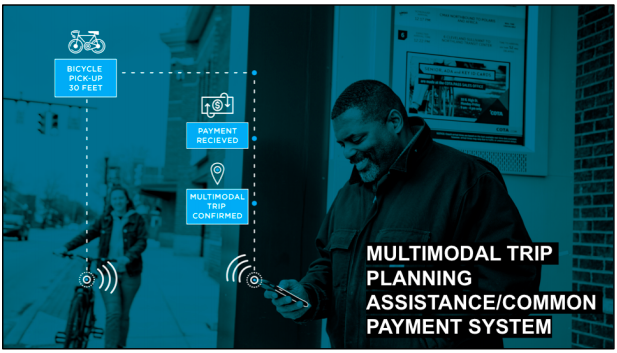Smart Columbus Operating System
Essentials of the Smart Columbus Operating System
Multimodal Trip Planning- Common Payment System
BringingMulti-ModalTripPlanningtotheColumbusRegion

July 7th, 2025
Playbook Resources
Stay Informed!
Fill out this form to sign up for the Smart Columbus newsletter and stay up to date!
